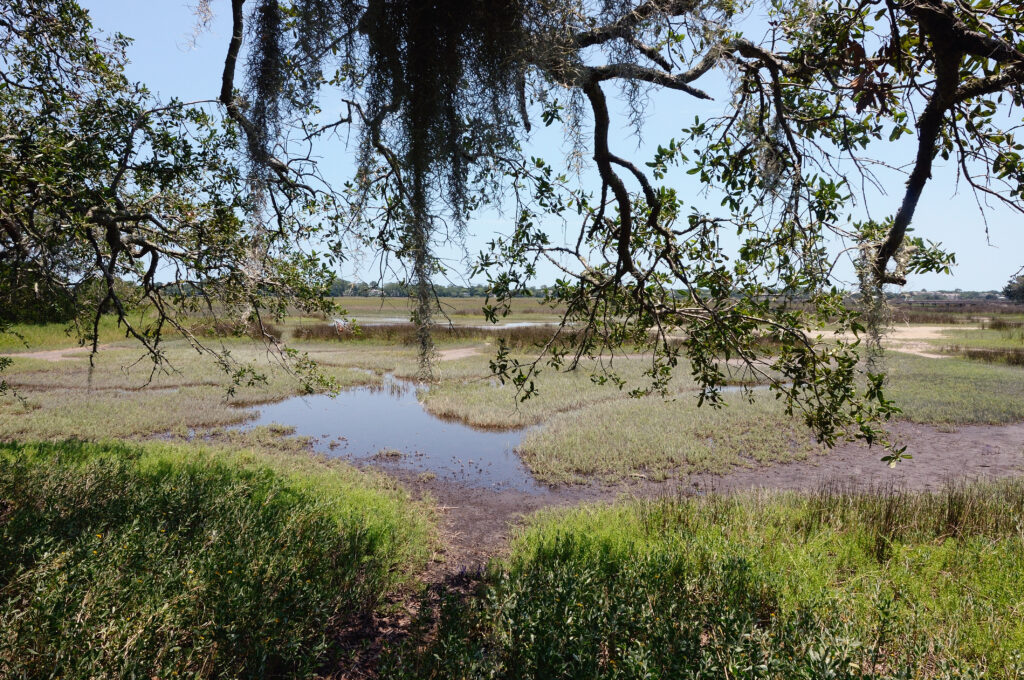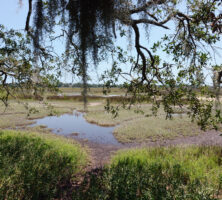Although the War of Jenkins’ Ear remains a minor episode in early American history, it has much significance for colonial Georgia. The conflict between the Spanish and English over the land between South Carolina and Florida lasted for nearly two centuries, but once formal hostilities began in 1739—only six years after Georgia’s founding—the survival of the colony hung in the balance. Georgia was eventually preserved as an English colony, but for a time the colony’s success seemed a dim hope.

Courtesy of British Museum, London
Causes of the war centered on disputed land claims, but the conflict was not limited to land. Shipping on the high seas also suffered frequent interruption from acts of piracy by both sides. One particular incident gave the confrontation its name: a Spanish privateer severed British captain Robert Jenkins’s ear in 1731 as punishment for raiding Spanish ships. Jenkins presented the ear to Parliament, and the outraged English public demanded retribution. Throughout the 1730s, diplomatic attempts between England and Spain occurred in Europe and America, but they only served to increase the animosity that led to war in late 1739.
General James Oglethorpe made several passes into Florida in January 1740 and seized two Spanish forts, Fort Picolata and Fort San Francisco de Pupo, west of St. Augustine, Florida, along the St. Johns River. He began a strike against the fort at St. Augustine in May 1740, but the campaign was a failure. Oglethorpe wanted to seize the fort before Spanish supplies or reinforcements could arrive, but problems with multiple commanders and diverse forces resulted in disorganization, spoiling his advantage of surprise. Oglethorpe settled for a traditional siege of the fort but failed to coordinate his land and naval forces. By early July he discontinued the attack, retreated to Fort Frederica, and waited for a Spanish invasion.
That assault came in the summer of 1742. After landing on the southern tip of St. Simons Island, the Spanish assembled for an attack on Frederica. English rangers encountered a scouting party, and Oglethorpe led the charge against the Spanish soldiers, who hastily fled the scene. While Oglethorpe returned to Frederica, his men fortified the road to the fort to prevent further incursions. A second skirmish ensued, an event later known as the Battle of Bloody Marsh, when the Spanish advanced another regiment. English forces sent the Spanish fleeing to the coastline and from there retreating to St. Augustine. Oglethorpe prepared another offensive upon the fort at St. Augustine in March 1743, but his efforts had little result and represented the last episode of the war on the Georgia-Florida border. The Treaty of Aix-la-Chappelle in 1748 returned all colonial claims to previous owners, and the two nations unofficially agreed upon the St. Johns River as the boundary between Georgia and Florida.

Photograph by Forrest Shropshire
On the surface this conflict appears to have been of minimal consequence to colonial history, but to Georgia it represented a struggle for existence. Settlers cooperated with Indian forces to repel Spanish threats and ultimately enjoyed success despite early defeats. The colony fulfilled its original purpose as a buffer for British North America against foreign attacks and solidified English claims on the continent. International wars for the empire continued, but Georgia remained in English possession due to the efforts of Oglethorpe and his troops during the War of Jenkins’ Ear.








